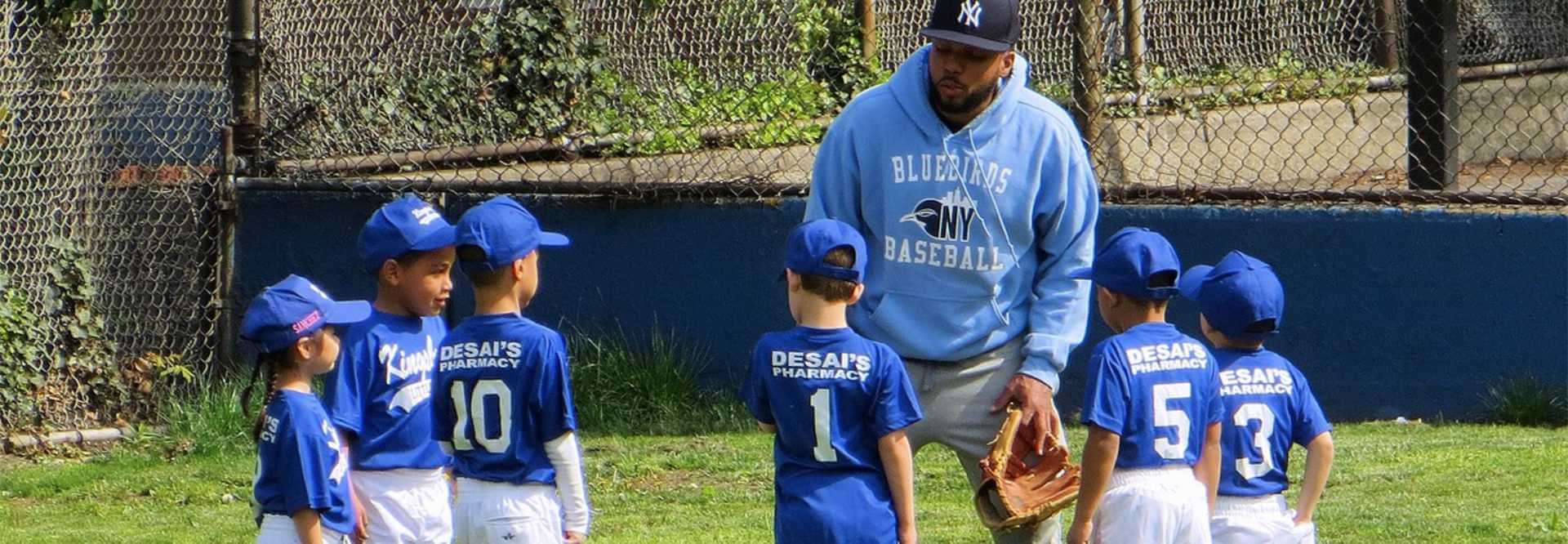I recently had coffee with a child psychologist friend. She told me her practice is packed with parents desperate to find solutions for their unhappy children. She sees six-year-olds who are anxious and withdrawn. Eight-year-olds who are angry and cynical. Preteens who suffer from perfectionism, from depression, from self-harming behaviors.
I nodded sorrowfully.
We discussed today’s childhood stressors, from too much homework to too little family time. We agreed kids need more opportunities for play. But I couldn’t hide my surprise when she said she often advised parents to get their kids into sports.
My eyebrows went up and I probably ranted a little. I sputtered that organized sports aren’t really play. Play is self-directed fun that exists for its own sake. While organized sports can be and often are fun, they’re still highly structured programs run by adults. I asked my friend if she prescribed play, why not free play?
She agreed in principle. “But there are no kids running around outside any more,” she said gently, “We have to funnel them into sports so at least they get a semblance of play.”
That may be the status quo in many areas, but it doesn’t have to be.
Sports, like play, used to belong entirely to kids. Just a few generations ago there weren’t many organized sports programs, especially for kids younger than teens. Kids loved sports with just as much fervor as they do today, but to engage in them they simply went outside, found a few other kids, and played.
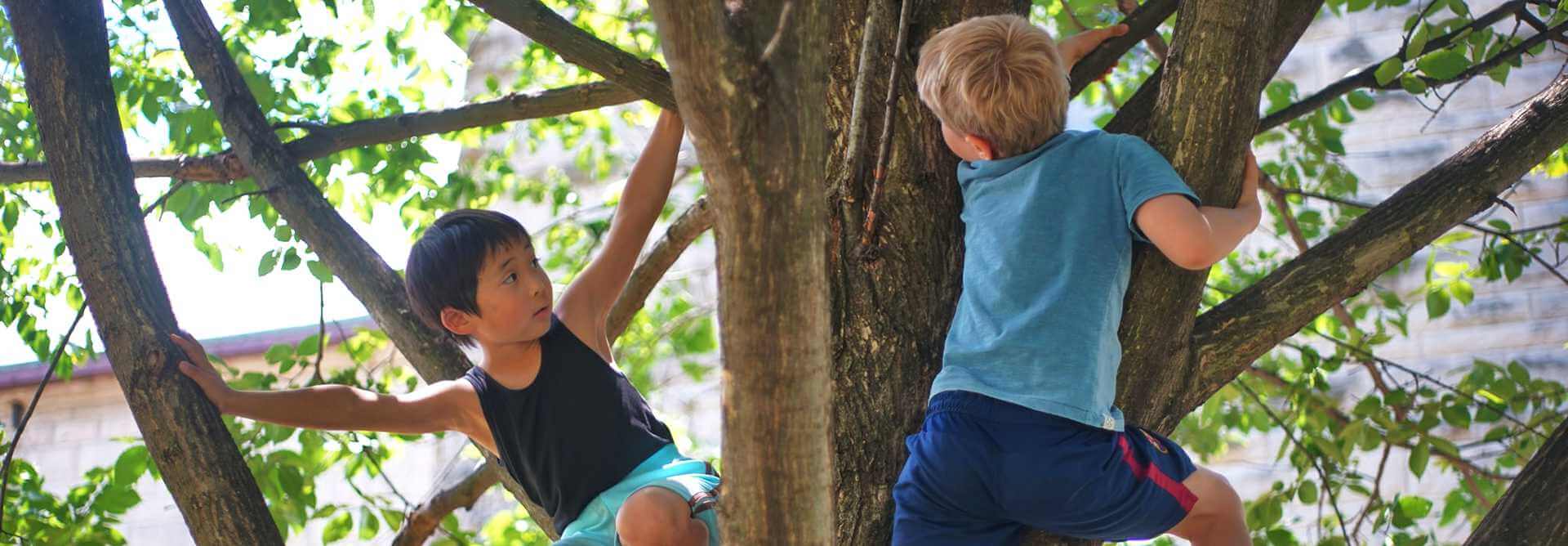
Organized competitions for boys began to rise in the 19th century following the emergence of compulsory education. The school day itself restructured children’s lives, separating educational time from free time. Adults began to more seriously consider how kids used those out-of-school hours. By the early part of the 20th century, increasing numbers of immigrant children playing on city streets got the attention of reformers. Along with an extraordinary new movement to create urban playgrounds, and organizations that took poor children to the country for nature experiences, came the idea that play should be supervised, particularly for boys from the poorest families. As historian Robert Halpern explains, the physical challenges of sports were thought to prepare the poorest classes to be physical laborers in the emerging industrial society.
According to Until It Hurts by Mark Hyman, the forerunners of today’s supervised youth teams were originally made up of mostly poor and lower-middle-class children, and were intended to ameliorate social conditions. Leagues were started by organizations such as the Young Men’s Christian Association (YMCA) which used sports to promote religion more than to advance athletics as well as groups advocating organized sports as way to save boys from vice. Little League took hold during the Depression, slotting youthful energy toward sports in a time when the job outlook wasn’t good.
Until a few generations ago most middle-class children in the U.S. didn’t engage in organized sports outside of the school day until they were in their early teens, and then usually in school sponsored teams. A middle-class emphasis on adult-run sports ratcheted up right around the time that salaries for professional teams began to skyrocket. Parents and coaches promoted the idea that talented kids had a shot at professional sports if they started early, worked hard, and were sprinkled with enough “believe in yourself” magic. Sports bulged beyond traditional seasons with training camps, private coaching, and travel games.
Parents also began to equate success in athletics with a better chance of admission to choice colleges and universities. This motivated parents to start their kids in organized sports at younger and younger ages, hoping to give them a competitive edge over other kids.
Now, organized sports have become standard for children as young as four years old, sometimes younger. A distinguishing factor in early entry into competitive sports is monetary—kids are most likely to start young when annual household income is over $100,000. Already in the U.S., 60 percent of boys and 47 percent of girls are on a team by age six.
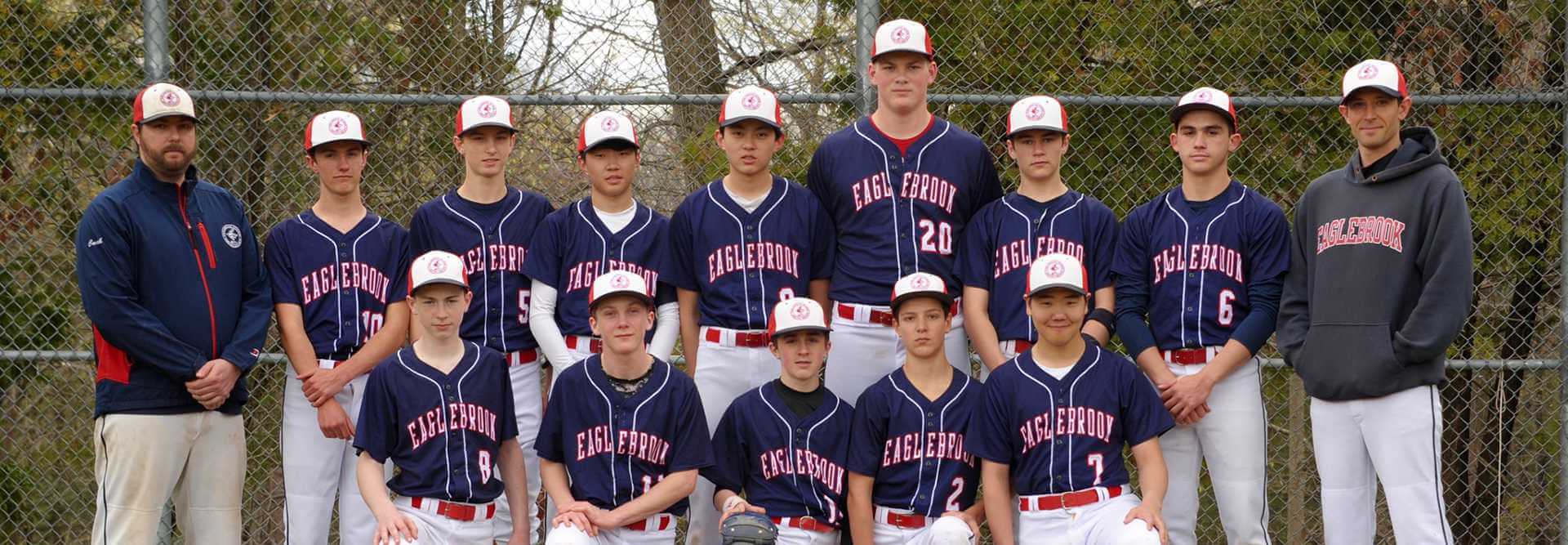
Sports participation dominates in the suburbs where boys are likely to play on three or more teams. Parents are expected to buy specialized gear, drive children to practices, attend games, participate in fundraisers, plus pay for skill clinics and off-season camps. Enthusiastic participants can find extraordinary positives in sports, particularly in the preteen and teen years, but is it worth starting so young and becoming so heavily committed? Childhood time for free play is sacrificed. So is family time. Is all this necessary?
Apparently not. Here are some reasons why.
- Starting kids as early as possible does not give them an advantage over other kids. In fact, notes Brooke de Lench in Home Team Advantage, it has been found to diminish their eagerness to participate.
- De Lench also finds that preschoolers who take part in sports programs are not more likely to be high school athletes than kids who don’t.
- Correctly identifying who is genuinely talented at a young age is extremely complicated. Studies reported by the National Institutes of Health show the earlier a child is identified as having talent, the more uncertain is the prediction of his or her future success.
- Sports, even in the early elementary years, can be intense. Hours devoted to practice sessions, clinics, games, and tournaments chew up children’s free time. But pressure doesn’t create champions. When educational psychologist Benjamin Bloom interviewed world-class tennis players about their early years, they talked about not being any better than other players. They remembered their parents supported them without taking over and their coaches made tennis fun. Their own enthusiasm drove them forward. And sports psychologists remind parents that young children aren’t able to differentiate performance from who they are as people.
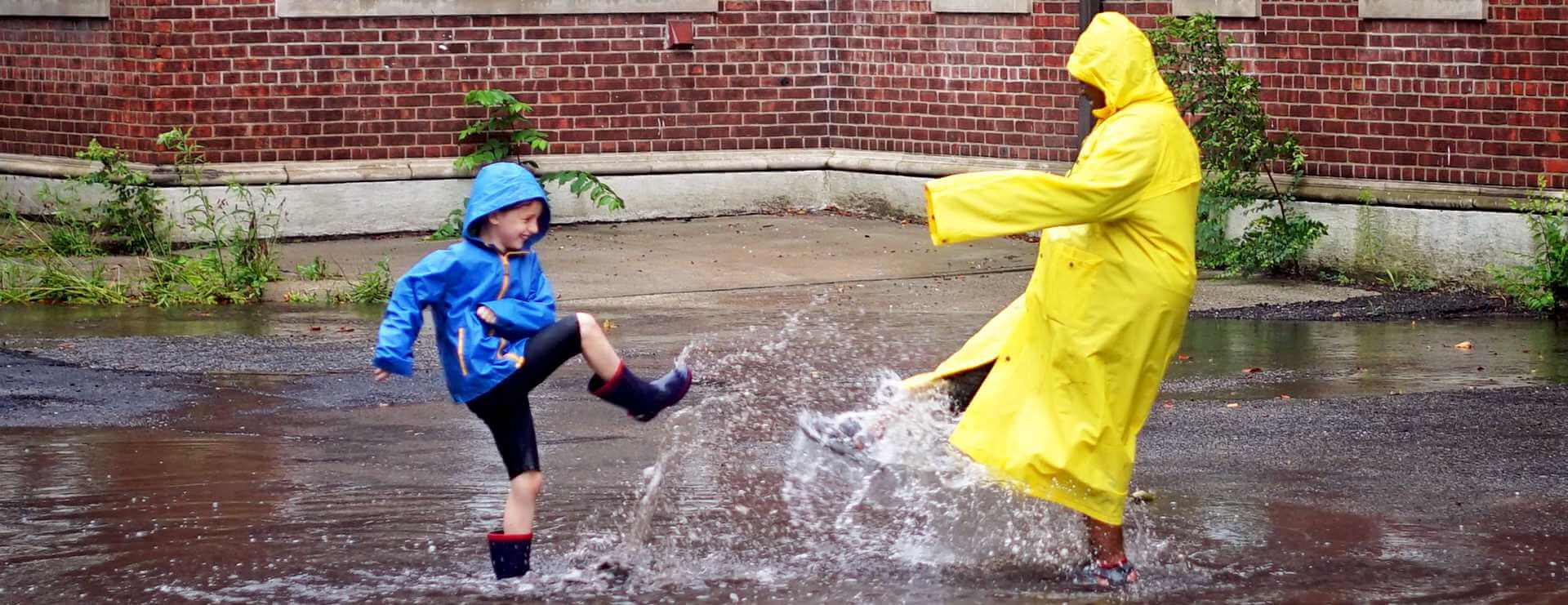
- The bullying coach isn’t just a meme. It’s all too often a reality, one that’s harmful not only for young children but older athletes as well. Laurence Steinberg, an expert on adolescent psychology, explains in The Atlantic that the pressure on kids causes serious performance anxiety. Critical, sometimes demeaning language directed at kids is far more powerful than adults realize, particularly during the teen years when the brain is more highly attuned to emotional arousal. “When an adult is delivering a message to an adolescent, if it’s in an emotional way,” Steinberg says, “the kids will pay more attention to the way the message is delivered than to what is in the message.”
- Negative, high pressure coaching doesn’t improve young athletes’ performances. A study of coaching techniques published in the journal Sport, Exercise, and Performance Psychology concluded, “...abusive coaching behaviors can bring out the worst in their team by fostering an atmosphere where student-athletes are more willing to cheat, less inclusive toward others, and less satisfied...”
- A study of over 1,600 high school athletes published in the Journal of Adolescent Health noted that teenage boys who participate in football and/or basketball are almost twice as likely to have acted abusively to their dating partners. Researchers found that high school athletics can reinforce “hyper-masculine attitudes,” and boys who hold such attitudes were up to three times more likely to abuse their girlfriends. Another study of nearly 100,000 high school students, published in American Sociological Review, found that players of contact-heavy sports, particularly football, were nearly 40 percent more likely to act aggressively off the field than non-athletes.These aren’t necessarily causative factors but are a reason for concern.
- As young athletes get older, they’re increasingly likely to drop out. Almost 75 percent of kids who play organized sports quit by age 13, according to Steven Henson on the blog The Post Game. Their reasons? Nearly 40 percent list as their top reason, “I was not having fun.” Even more young people drop out in their freshman year, when stats show there’s another 26 percent drop in the number of students who play.
- The odds, overall, of a high school athlete landing a college scholarship at an NCAA school stands at two percent. That’s true even for youth whose parents have spent heavily on high-level youth sport for years.
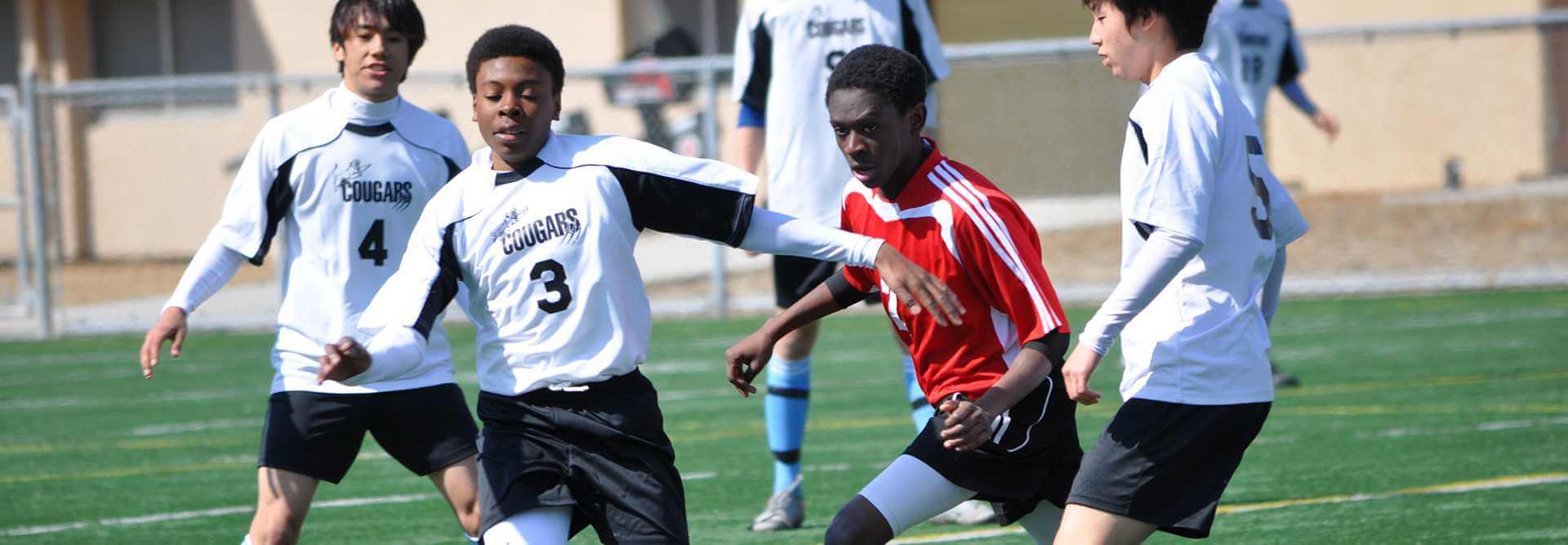
- The cost of competing is increasingly likely to consume up to 10.5 percent of gross family income. Parents on average pay per player, per year (in 2015 dollars): $2,200 to $4,000 to participate in travel soccer, $2,600 in hockey, $5,000 to more than $10,000 for gymnastics. “
- All this spending ratchets up the pressure on young athletes. When college players were asked to talk about their worst memory from playing youth sports, overwhelmingly they answered, “The ride home from games with my parents.” Apparently even the most well-intentioned parents weigh in with their opinions rather than allowing the child to own his or her own experience. It’s significant to note that the same survey of players found the best comment by parents was very simply, “I love to watch you play.”
- Then there are the health consequences. Reports of injuries are up, with 2.6 million emergency room visits a year, and there’s evidence that concussions and other head trauma cause lasting damage. In soccer alone, kids are playing more competitively more months of the year, leading to a 74 percent increase in injuries severe enough to be treated in a hospital ER. Some of that may be an increased awareness of head injuries, but removing such injuries from the data still reveals a 60 percent increase in ER visits due to youth soccer. Imaging studies published in the journal Radiology shows football players younger than 13, with no concussion symptoms, still show signs associated with traumatic brain injury. A large-scale study in Sweden found teen concussions appear to increase the risk of developing multiple sclerosis later in life. Another study found children who started playing football before the age of 12 manifested mental health problems later in life at much higher rates than people who took up the sport later. They were twice as likely to have issues with initiative, problem solving, and apathy and three times more likely to have symptoms of depression. The results were not related to total number of years in football or number of concussions reported, but specifically related to early experience playing football. Although it’s rarely studied, there is some evidence that children are much more likely to suffer serious harm in adult-run sports than in pick-up games.
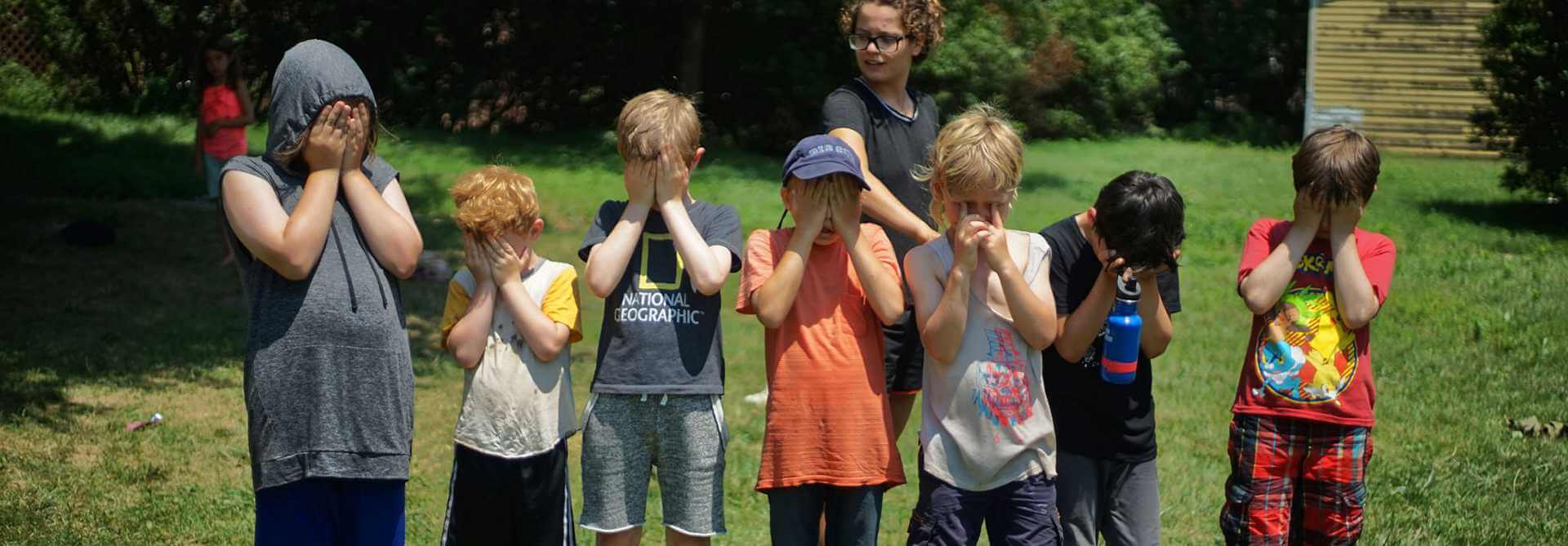
- One reason parents encourage sports is to boost a child’s health, yet obesity is on the increase. From the early 1970s to now, the prevalence of obesity in children ages 6 to 11 has quadrupled; for those ages 12 to 19 years it has tripled. There are certainly many causes, including more processed foods in the diet and more estrogen-mimicking hormones in the environment, but organized sports may be a factor. If you compare kids running and climbing freely on a playground with kids the same age running laps to warm up for soccer practice, you see eager full body movement reduced to an obligation.
Children are normally full of energy. They play energetically for the sheer joy of movement. But when that activity is channeled into practices and games, kids may be turned off from engaging in physical activity outside of sports, instead slumping into a chair like workers after a busy factory shift. We know that external rewards diminish intrinsic motivation. For example, rewarding kids for reading severely diminishes their motivation to read for pleasure. It’s worth considering that sports might have a similar effect on some young people’s desire to engage in other forms of physical play. - Participation in organized youth sports is correlated with lower overall creativity while playing informal games is significantly related to overall creativity. One study compared the sort of childhood leisure activities students engaged in with their levels of creativity as assessed on the Abbreviated Torrance Test for Adults. The most highly creative students spent only about two hours a week in unstructured sports throughout their school-age years.
It’s not an all or nothing proposition. Sports brim with benefits. They promote fitness. They can provide extraordinary lessons in teamwork, persistence, and handling disappointment. That’s true of organized sports, but it’s also true of informal sports. The issue is really about what adults have done to co-opt and overrun the games kids once organized on their own to play with each other, and how we can leave more time in children’s lives to play as they choose.
If you enjoyed this article and feel called to give back to ASDE, here are ways you can support our work:
- Donate money
- Share our content with others! Click one of the buttons above to easily share on Twitter, Facebook, or email.
- Consider becoming a Contributor for Tipping Points
Tipping Points Magazine amplifies the diverse voices within the Self-Directed Education movement. The views expressed in our content belong solely to the author(s). The Alliance for Self-Directed Education disclaims responsibility for any interpretation or application of the information provided. Engage in dialogue by reaching out to the author(s) directly.


